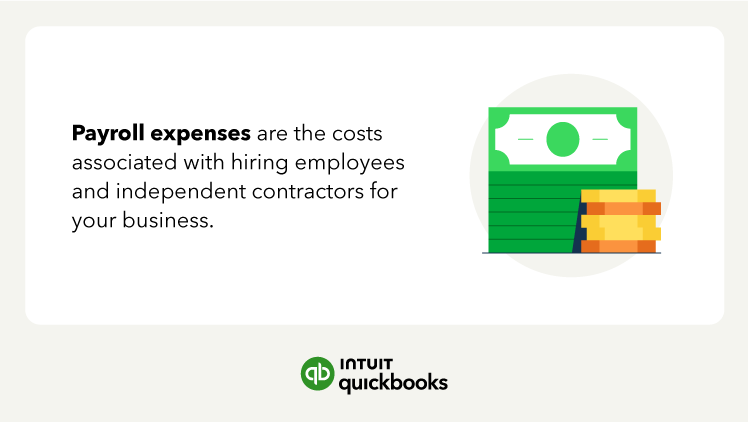How to calculate payroll taxes
To calculate your total payroll tax liability, you’ll need to collect information, perform calculations, pay workers, and submit withheld payments to third parties.
1. Collect information on Form W-4
New employees must complete Form W-4. The form tells employers how much to withhold from a paycheck for tax purposes. The number of allowances on the W-4, along with the gross pay, determines the tax withholdings.
The W-4 also guides employees who have multiple jobs or spouses who work. There are extra schedules to calculate withholdings in these situations.
2. Use the payroll cycle to determine gross pay
Gross wages are the starting point for payroll. The number of pay periods per year determines how much of a worker’s salary you pay on each payroll date. If you pay an employee hourly, the pay period indicates the start and end dates for payroll.
3. Calculate net pay for your employees
Net pay is the amount the worker receives after all payroll deductions and withholdings. To figure out your employee’s net pay, you’ll need to subtract the tax deductions you withhold from their paychecks from their gross pay (their salary or wages before deductions).
You’ll want to subtract withholdings such as:
Say an employee’s annual gross pay is $60,000. Their gross pay per period is $2,308. Then, you deduct 20% for federal income taxes and 5% for state income taxes. You deduct another 7.65% for FICA taxes and $50 for the employee’s health insurance. So, the employee’s net pay for the pay period is $1,504.
4. Submit payroll tax deposits
Business owners must submit deposits for tax withholdings. The deposit frequency varies and depends on the dollar amount. Submit payroll tax deposits for federal and state income taxes and FICA and FUTA taxes. You can pay tax deposits online, making it easier to submit them on time.
5. Complete payroll tax forms
Payroll tax returns are complex, so the information you submit must be accurate. Make sure to submit the forms before the appropriate tax dates and deadlines to avoid late fees. There are four common payroll tax forms. Payroll software can generate these reports automatically.
- Form 941 reports federal income taxes and FICA taxes to the IRS each quarter.
- Form 940 is your annual federal unemployment (FUTA) tax return.
- Form W-3 reports the total wages and tax withholdings for each employee. File this form with the Social Security Administration annually.
- Form 1096 reports the dollars you paid to independent contractors using 1099 forms. File this form annually.
6. Report pay amounts to workers
Business owners issue Form 1099-NEC to independent contractors. You must issue a 1099-K form to each contractor who makes $600 or more from your business during the calendar year. If they make less than $600 from your business, the earnings are still taxable, so the contractor should report them on their tax return. Employees receive a W-2, which reports gross pay and all tax withholdings for the year.
7. Keep records on file
The Fair Labor Standards Act (FLSA) requires businesses to maintain employee time tracking and pay records for at least two years. Changes to tax laws, adding or losing employees, and changes to tax withholdings may affect your total payroll costs from one pay period to the next.
















